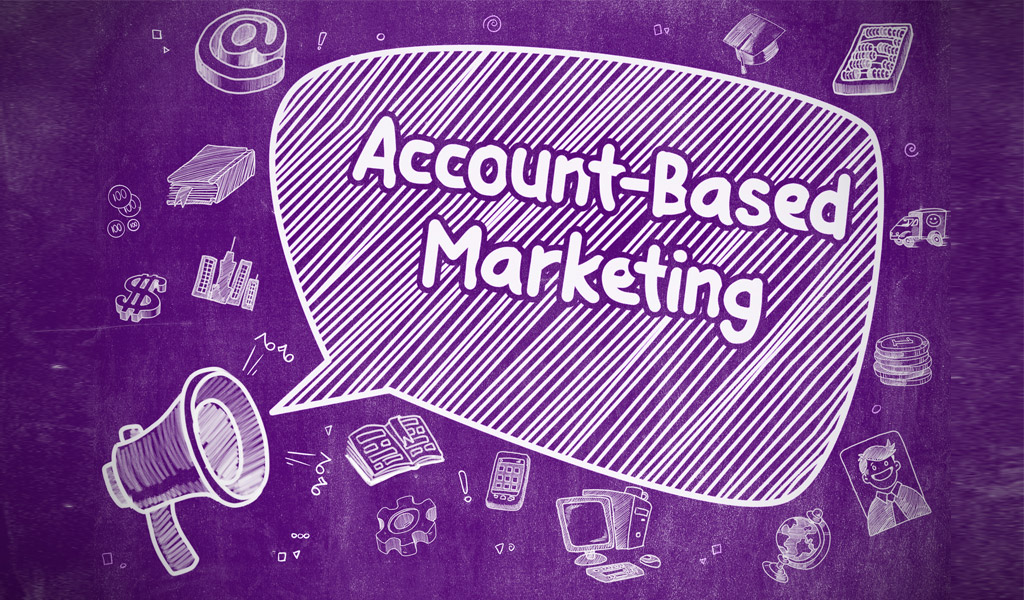Introduction
ABM has developed into a potent tool for accelerating growth and improving client relationships since it allows for the personalization and targeting of messaging to certain accounts. This in-depth article covers all aspects of ABM, including its definition, guiding principles, application, and evaluation. Learn how ABM can revolutionize your marketing strategy and propel your company to new heights.
Understanding Account-Based Marketing
ABM is a tactical strategy that addresses particular accounts or organizations rather than a large audience. Marketing and sales must be coordinated to develop individualized and catered experiences for key accounts. ABM seeks to engage and convert high-value accounts by defining ideal customer profiles and creating tailored communications. This highly targeted strategy promotes stronger bonds, greater client loyalty, and enhanced ROI. To effectively use ABM, marketing and sales teams must work together, thoroughly grasp target accounts, and use technology and data to create tailored content and campaigns.
Developing an Account Based Marketing Strategy
A successful Account Based Marketing (ABM) strategy is essential for identifying and interacting with significant accounts. Consider the following important steps:
Identifying Target Accounts and Ideal Customer Profiles
The first step in doing a successful account based marketing service is identifying target accounts and ideal client profiles. To find accounts with the best chance of success and alignment with your business goals, analyze your current client base, market research, and data. To produce tailored and individualized messaging that connects with your ideal customers, identify their traits, attributes, behaviors, and pain areas.
Creating Personalized and Targeted Messaging
Successful Account Based Marketing (ABM) requires the development of individualized and focused communications. Create messaging that speaks directly to the wants and concerns of your target customers by using the insights gained from analyzing your ideal client profiles. Address their unique problems and goals in your articles, emails, and campaigns. Personalization may boost engagement and conversion rates by mentioning the company name, making industry-specific references, and demonstrating how your product can address their concerns.
Aligning Sales and Marketing Teams for ABM Success
Account Based Marketing (ABM) efforts must have the sales and marketing teams working together. To establish a consistent strategy to account for targeting and engagement, foster close coordination and communication between the two divisions. Create procedures for routine information sharing and feedback and establish shared goals like revenue targets and customer acquisition. Encourage open communication and offer tools and training to improve cooperation and alignment, ultimately boosting ABM initiatives’ efficiency.
Measurement and Evaluation in Account-Based Marketing
Account-based marketing (ABM) relies on measurement and evaluation for the following:
Key Metrics and KPIs for Tracking ABM Success
Monitoring important metrics and KPIs is necessary to determine the effectiveness of your Account Based Marketing (ABM) operations. Metrics for measuring account engagement, including open email rates, click-through rates, website visits, content downloads, and social media interactions, reveal the degree of interest and engagement from target accounts.
Analyzing and Interpreting ABM Data
It is essential to analyze and interpret ABM data to obtain an understanding and make wise judgments. Use business research services to assess account interaction, conversion rates, income earned, and other pertinent KPIs. Interpret the data to find trends, patterns, and opportunities for improvement. It enables you to improve the effectiveness of your ABM strategy.
Iterating and Optimizing ABM Strategies Based on Insights
The key to increasing the efficacy of ABM tactics is to iterate and optimize them based on insights. Analyze information and conclusions from monitoring measures like revenue growth and account interaction. Recognize opportunities for improvement, modify messaging and targeting, and try out new strategies. Continuously iterate and improve your ABM strategy to get better outcomes and ROI.
Conclusion
Finally, employing Account Based Marketing (ABM) has substantial advantages for
identifying and interacting with critical accounts. Businesses may improve results, strengthen customer connections, and have long-term success with their ABM projects by personalizing messages, coordinating sales and marketing activities, measuring important metrics, and optimizing plans based on insights.

